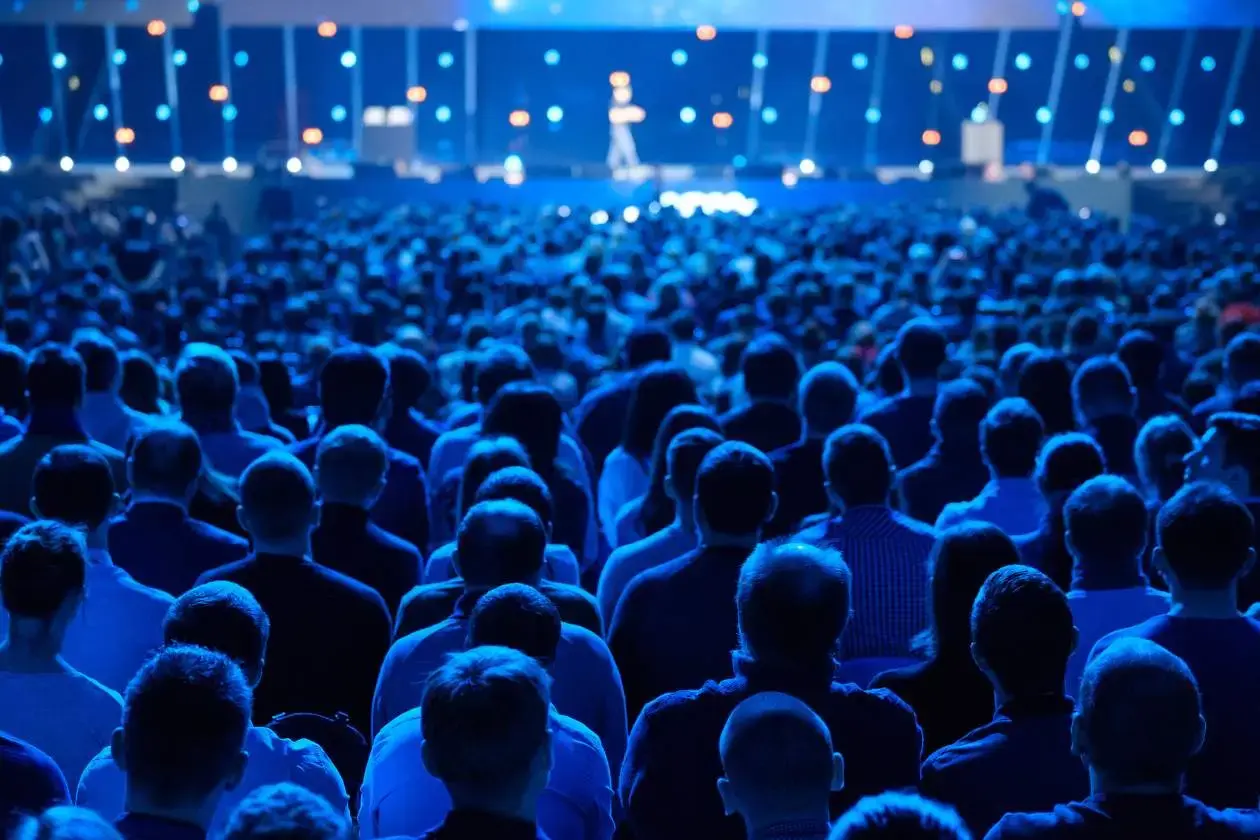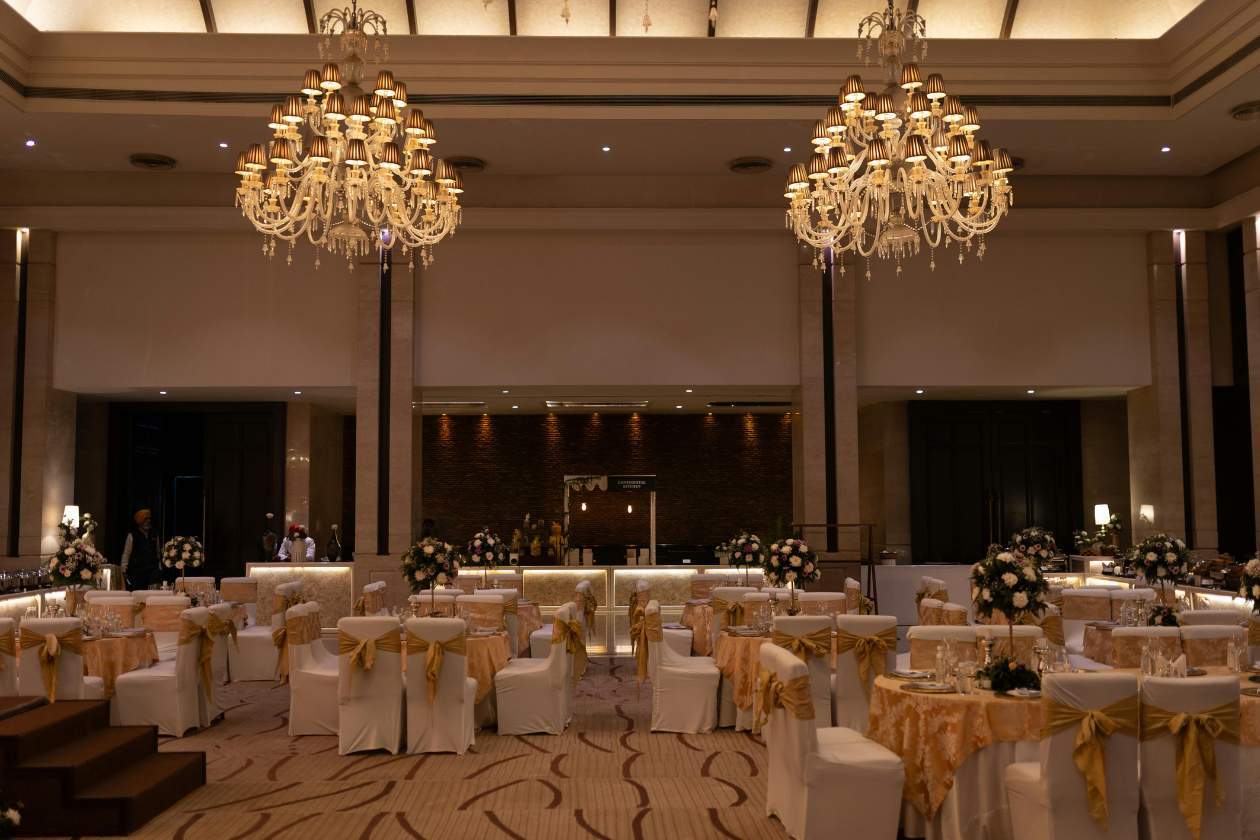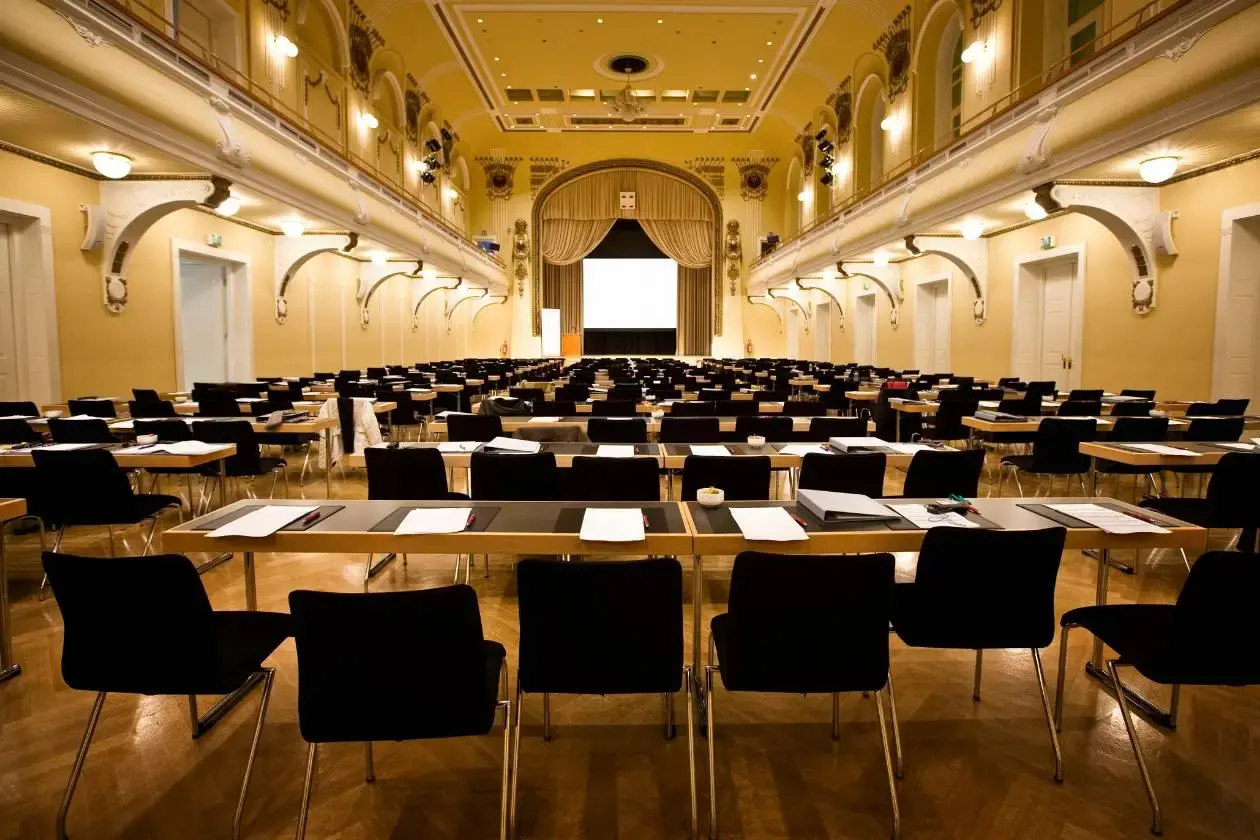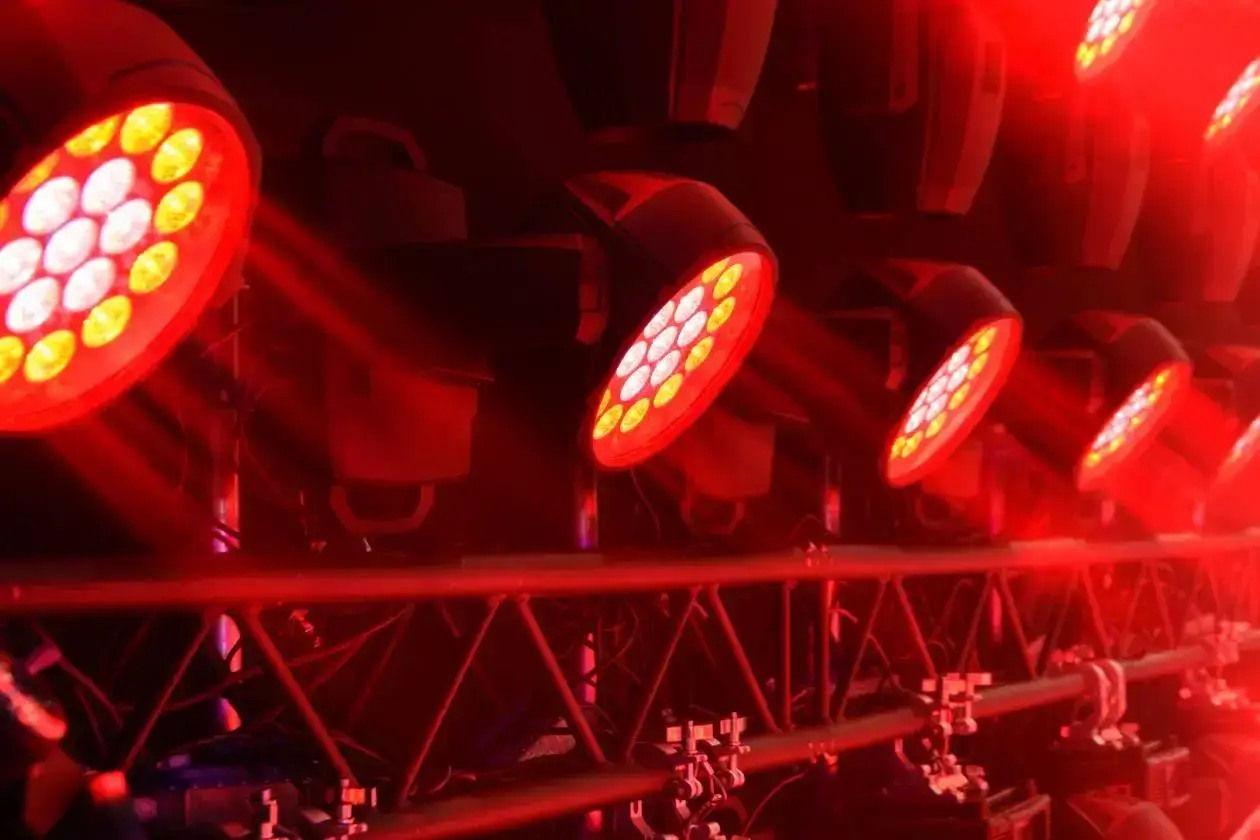Picture a hotel ballroom just before doors open. Screens flicker to life, the microphones are checked one last time, and the music fades in behind the chatter of guests finding their seats.
When everything works, no one notices. The focus stays on the people and the message. When it doesn’t, the smallest glitch can echo through the room and break the spell.
That is why a professional hotel AV installation is important. It gives every space, from the smallest meeting room to the largest banquet hall, the clarity, control, and confidence that make events feel effortless.
Here’s how the best venues get it right, and the AV setup best practices that keep shows running smoothly long after the first applause.
Plan Early, Design Smart
Every strong AV system starts with planning.
Room shape, ceiling height, and wall materials all affect where speakers, displays, and lighting can go. Good planning also avoids hidden costs later. You don’t want to end up having to run extra cabling or re-mount fixtures because the layout changed mid-build.
When possible, involve your AV team during architectural design or renovation. They can flag load-bearing limits and identify conduit paths and ventilation needs for projectors or LED processors long before the first cable is pulled.
Match Equipment to the Space
Not every ballroom, boardroom, or rooftop terrace needs the same system. One of the AV setup best practices is scaling hardware to venue size and function.
For conference spaces, clear speech and balanced coverage are the most important needs. For big events, ceiling arrays or distributed speakers often work better than large front stacks.
For wedding or gala spaces, lighting flexibility and visual impact take priority. Think about zoned dimming, dynamic colour presets, and discreet fixture placement.
A qualified installer will measure acoustic response and recommend correct lumen output, throw distance, and pixel pitch for each room. That kind of precision separates a reliable setup from one that struggles once guests arrive.
Prioritise Reliability and Redundancy
Events rarely offer a second take. Reliable systems depend on two layers: quality components and thoughtful design.
Professionals build in redundancy through backup inputs, dual power feeds, and independent signal paths. They also specify gear rated for continuous use. Which is critical in hotels where event spaces host multiple functions daily.
A reputable installer won’t just “set and forget.” They’ll document wiring, program clear labelling, and provide service schedules so venue staff know exactly who to call and what to check before each event.
Keep Control Systems Simple and Consistent
A system can be technically brilliant and still fail if staff can’t operate it easily. Clear, consistent interfaces are vital.
Touch-panel control, labelled wall plates, and standard button layouts across rooms reduce confusion and training time. When your team moves between meeting spaces or function rooms, they should see the same control logic everywhere.
Some specialist event venue AV solutions include remote monitoring and preset profiles, so technicians can adjust lighting or audio levels without entering the room.
Manage Acoustics, Lighting, and Power
AV performance isn’t only about the gear. Room acoustics, lighting design, and power distribution all influence clarity and stability.
- Acoustics: Hard surfaces bounce sound. Adding curtains, wall panels, or ceiling baffles can improve speech intelligibility dramatically.
- Lighting: Avoid spill light on projection screens or LED walls. Balanced ambient and task lighting keeps images crisp without glare.
- Power: Separate audio and lighting circuits reduce hums and flicker. Surge protection and power conditioning safeguard expensive equipment.
AVisual’s installation teams regularly coordinate with electricians, interior designers, and builders to align these details long before handover.
Maintain, Review, and Upgrade Over Time
Technology doesn’t stand still, and neither do event expectations. A practical maintenance plan keeps systems reliable and up to date.
Schedule annual inspections, firmware updates, and performance tests for all key components. Build a small budget line for replacements every few years. Displays and processors evolve quickly, and proactive upgrades prevent downtime.
An experienced AV provider will maintain a full equipment register and service log, ensuring warranty coverage and smooth future expansions.
Talk to AVisual about your next installation.
From boutique hotels to large convention venues, our team designs, installs, and supports systems built for daily reliability.
Get in touch to discuss your venue.
FAQs About Hotel Audio-Visual Installations
What’s included in a professional hotel AV installation?
A full installation covers audio systems, displays or projection, lighting control, cabling, networking, and user interfaces. And all should be integrated for easy operation. Many providers also include training, documentation, and service support.
Why hire a specialist instead of using in-house staff?
AV specialists bring certified technicians, design software, and safety compliance knowledge. They know how to meet electrical standards, load limits, and acoustic requirements. Working with professionals can save time, limit risk, and reduce long-term costs.
How often should hotel AV systems be serviced?
At least once a year. Preventative maintenance helps identify failing cables or firmware issues before they affect live events.




